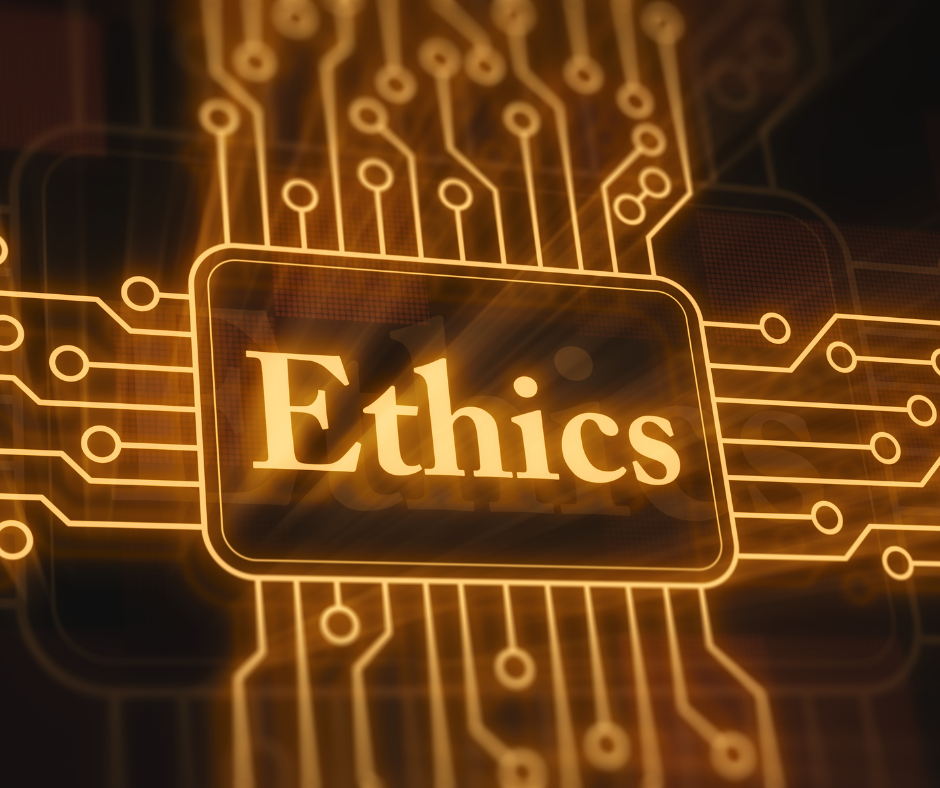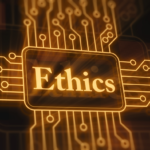Editorial Zero and the Birth of a Journal
Editor In Chief
6 mins to readI was thrilled when I discovered OpenAI’s artificial intelligence (AI) platform. GPT-3, the less sophisticated predecessor to Chat GPT, was the latest experiment in Large Language Models (LLMs). In early 2022, AI was still somewhat clunky and neither ChatGPT nor Google Bard were on anyone’s radar.
For me, AI was the stuff that allowed Netflix to recommend movies and my iPhone to offer up short films of our family vacation in Iceland, trips to the beach or time in nature. AI was perhaps entertaining and occasionally impressive like a party trick.
This new AI offered me a glimpse into a truly game changing technology. I hadn’t been so mesmerized by a technological advancement since the late 1990s when my collogues and I would sit around a computer screen marveling at amazing things being served up on the World Wide Web.
I wrote some JSON code linking a pet project of mine to the OpenAI ecosystem. I started to imagine what might be possible with this novel tool from a little-known company that Elon Musk helped to launch almost a decade ago.
Then, something happened in the fall of that same year. Chat GPT was released to the world as an experiment, and OpenAI solicited the general population as tire kickers of their first truly viable generative AI system. The following weeks and months were fascinating to say the least, and the world had a front row seat for what some have called the Great AI Race.
Google announced Bard AI, and Microsoft integrated GPT-4 into their search engine. Generative AI became a household word, and companies like Kayak and Instacart released plugins for the OpenAI platform. OpenAI then released Dall-E for AI image creation so that everyone could become an “artist,” and all the world was a flutter as an AI frenzy ensued that hasn’t subsided to this day.

Business and technology commentators began to make predictions about the economic impact of generative AI on industries such as computer animation. The consensus among these experts was that AI will drive the costs of animation production so low that the field of digital animation as we know it will cease to exist in less than five years. It would simply not be practical for production companies such as Pixar to spend $250 million on projects that could, with generative AI, be produced for a few million dollars.
I read similar assessments of AI’s impact on the legal, finance and transportation sectors, and it became clear that the societal changes introduced by AI would be more profound than anything we have ever experienced.
For context, just a few weeks before all this my 18-year-old son, who with self-study and You Tube videos had become quite proficient in modern 3-D art and computer animation, decided to pursue a degree in digital animation in one of the nation’s top programs. To say that he was excited about this opportunity would be an understatement.
I lost a great deal of sleep in the days that followed, but I finally worked up the nerve to have a hard conversation with him. We discussed return on investment and the fact that college is certainly an investment. We explored professions that could reasonably be considered “safe” from AI disruption, and our list included trades such as stone masonry and carpentry – none of the options played to my son’s strengths, and we both knew it. There is, however, no pause button for life that will allow us to wait and see how things shake out.
I recently heard an economist at a prominent university fatalistically comment that he and his wife were spending the money that they would have saved for their 8 year old’s college education on lavish vacations because, “What’s the point in a university education when machines are going to be smarter than most humans?”
My son and I decided together that he would continue with plans to attend college and develop his natural creative talents. He will evaluate the landscape semester by semester. We agreed that he needed to keep up with developments in the industry and to use the AI tools that will inevitably change the way that animators work. He will develop critical supplemental skills that might be a challenge for AI such as crafting compelling stories that connect with an audiences at a primal level.
While the world my son hopes to enter after college will certainly look different than it does today, my son will still have a chance to perfect his creative talent while learning discipline and becoming more independent. That’s certainly a worthwhile return on investment, and I am hopeful that human creativity and ingenuity will be precisely what leads us to find novel solutions to the so-called, “problem of AI.”
I certainly wonder what life will look like for my son in 5 years, but I’ve stopped worrying about this.
I am a creative at heart, but I am a problem solver by trade. My expertise is in risk management, and I am a writer and speaker in the field of data privacy and regulatory compliance. I have several degrees in the humanities, and I have worked throughout my professional life to foster thoughtful dialog in the realm of moral philosophy (applied ethics).
The founding of this journal is a natural extension of all these things.
There are problems to solve, but I have agency. I am not a mere spectator in this world of AI disruption if I work to promote an important conversation. Ready or not, AI is here, and a thoughtful dialog can certainly facilitate meaningful positive change instead of simply adding to the cacophonous droning of the AI doomsayers (among whom I do not wish to be numbered).
I hope that the discussion taking place here will help to ensure that the world is a better place because of it. Ideally, it will be a channel for meaningful dialog and societal influence as the world around us quickly changes, because it most certainly will.
Peter Robichau
Editor-in-Chief
Recent Posts
Recent Comments
Popular Posts
Last Comment
Popular Tags
There’s no content to show here yet.

